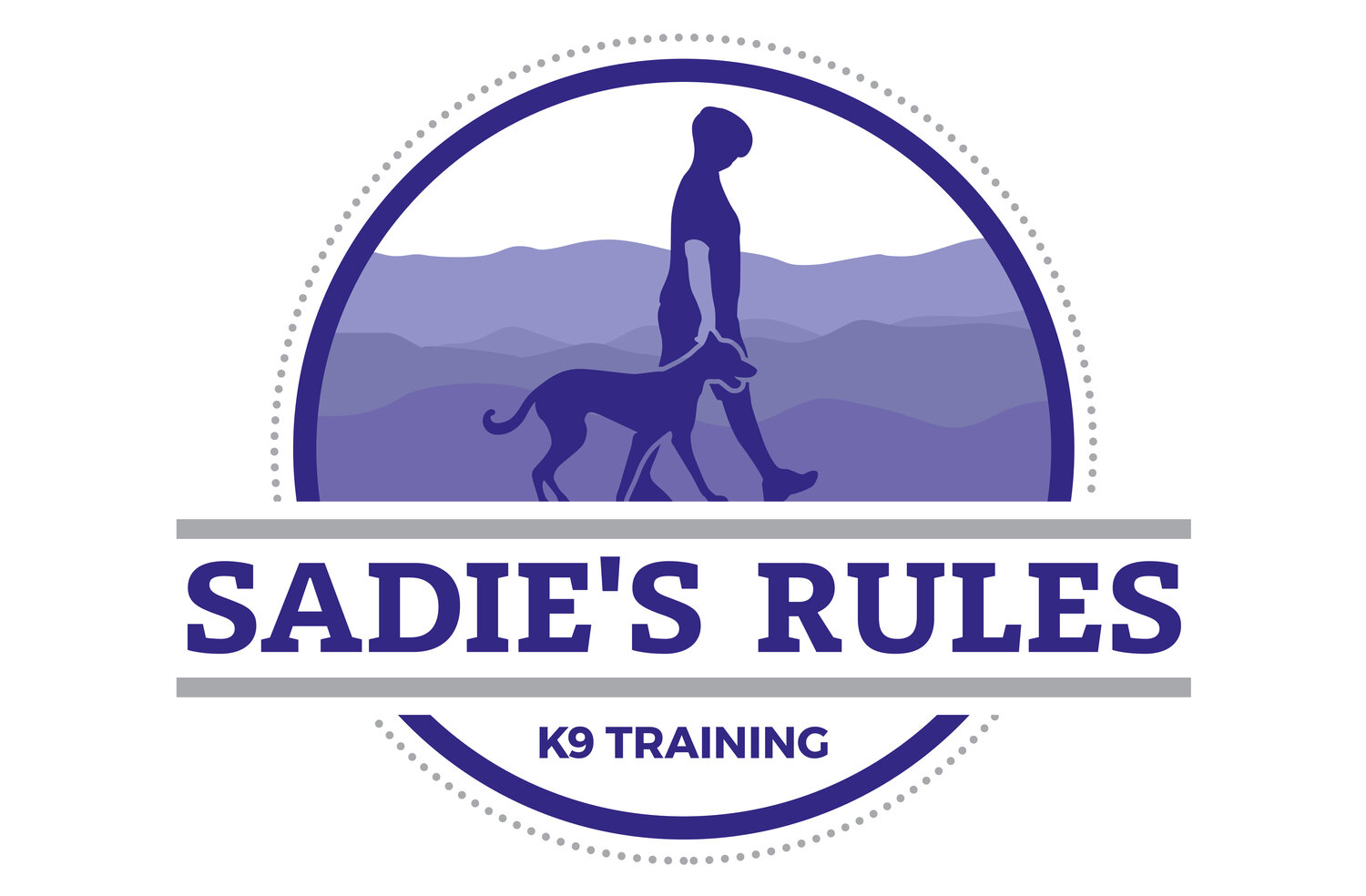Leash reactivity is a common dog behavior issue characterized by barking, lunging, flailing, growling and/or pulling toward certain triggers while on the leash. Some dogs react this way for anything that moves—dogs, people, cars, bikes, etc—and some dogs have only specific triggers, most commonly other dogs.
Reactivity makes it really difficult and often unsafe to walk your dog, so it’s a pretty serious behavior issue. But what most folks (including dog trainers!) don’t realize is that there are always underlying issues contributing to leash reactivity. This is why it’s best addressed in a thorough board & train program that includes an emphasis on the dog’s state of mind. Until those root state-of-mind issues are addressed, the reactivity will always be lurking beneath the surface.
In the meantime, the following images can help you keep a lid on your dog’s reactivity by understanding three things that exacerbate the issue.




DOGGIE DAYCARE & DOG PARKS
There is just not enough supervision at dog daycares and dog parks, period. This is especially true of dog parks, which are like the wild west with no rules and no one in charge. But it’s also true of doggie daycares. A lot happens at daycare that we never see or hear about, or that the staff brushes off as “minor”. Over time, most dog park and dog daycare dogs develop feelings of anxiety or nervousness related to other dogs.
You might think that these environments are a good way for your dog to learn proper play behavior, but unfortunately that’s not the case either. During our board & train program we teach dogs to socialize appropriately, and we’ve noticed that dogs who have a history of going to dog parks and daycares have a much higher incidence of bad habits and poor manners that we have to undo.
Your dog is much better off if you intentionally develop a relationship between your dog and one or two close dog friends. Just like us, they don’t need to be constantly meeting new dogs to have a healthy social life.
BARKING AT THE WINDOW
Your dog’s behavior is allllll connected! It’s not reasonable to allow your dog to bark at triggers in one context—say, from your front window, front porch, through the fence, from the car, etc.—but then expect your dog to be quiet and mannerly when they pass by those same triggers on a walk.
If you want your dog to be more mannerly on the leash, make sure you’re being consistent about this expectation in other areas of life, too.
FREE ROAMING IN THE HOUSE
This one always ruffles folks’ feathers, but it’s true. Free roaming in the house gives your dog the impression that they can make their own decisions and do whatever they want. It’s not really reasonable to then expect your dog to default to your leadership when you clip the leash on and exit the front door.
If you want your dog to tune in and listen to you while on the leash, try adding more moments where they need to tune in and listen to you inside your home by adding more structure. The place command, down/stays, crate time, etc. are good starts.
Do you have questions about leash reactivity? Check out our Instagram page, follow our daily stories for behind-the-scenes style content, and then send us a DM!
If you’re ready to get help for your dog, apply to our board & train program here.

